Fungi may be crucial to storing carbon in soil as the Earth warms
Fungi help soil-making bacteria churn out carbon compounds that are resilient to heat, keeping those compounds in the ground, a study suggests.
Every print subscription comes with full digital access

Thanks to a 14-year reintroduction effort, fishers, or “tree wolverines,” are once again climbing and hunting in Washington’s forests after fur trapping and habitat loss wiped them out.
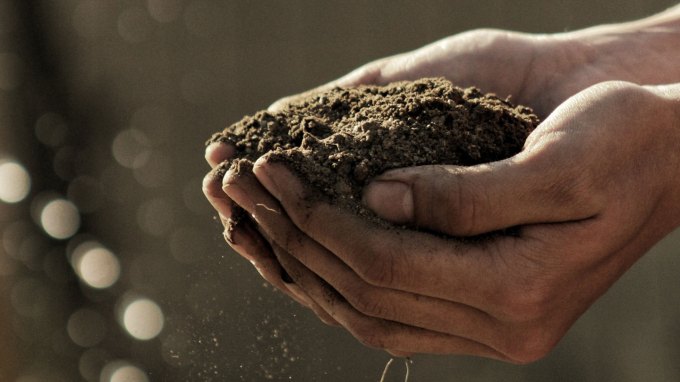
Fungi help soil-making bacteria churn out carbon compounds that are resilient to heat, keeping those compounds in the ground, a study suggests.
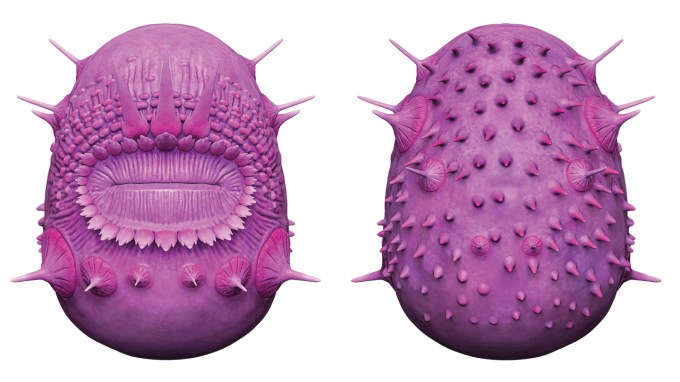
A wee sea creature without an anus was thought to be the oldest deuterostome. New imaging showing it had spines led to its reclassification.
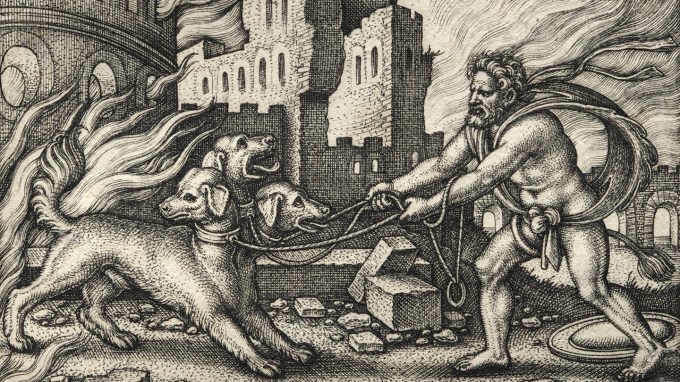
The path that dog myths took around the world closely parallels that of dog domestication, a new study finds.

Scientists and journalists share a core belief in questioning, observing and verifying to reach the truth. Science News reports on crucial research and discovery across science disciplines. We need your financial support to make it happen – every contribution makes a difference.
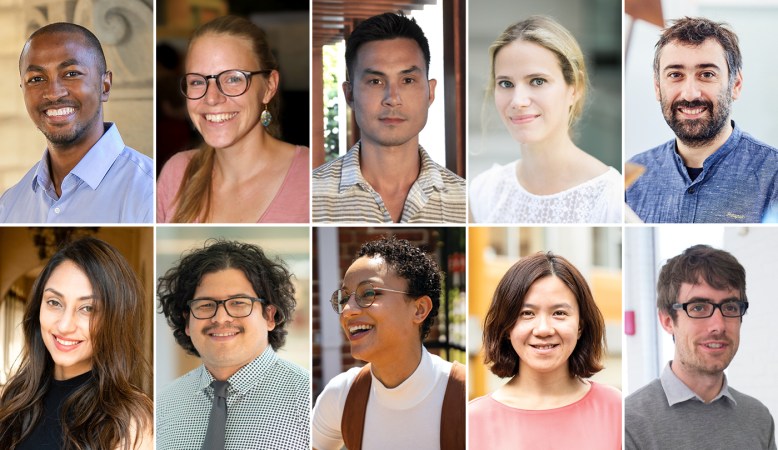
These scientists to watch study climate change, alien worlds, human evolution, the coronavirus and more.
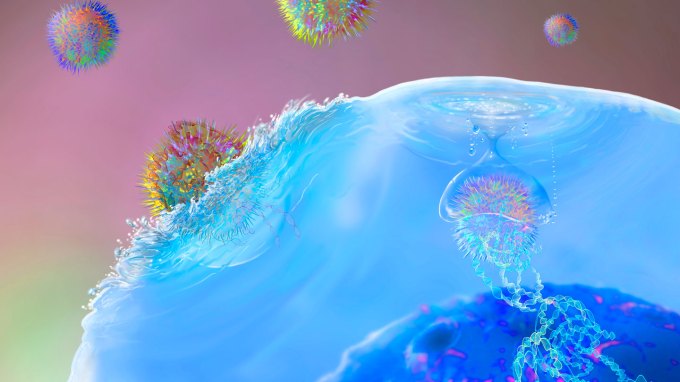
More than six months after CAR-T cell treatment, five patients are in remission and have functional immune systems.
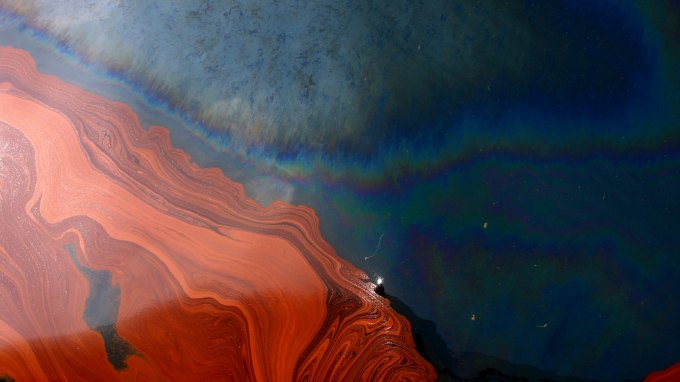
In the 1970s, researchers added chemicals to the list of oil spill cleanup methods. Soon, they may add microbes.
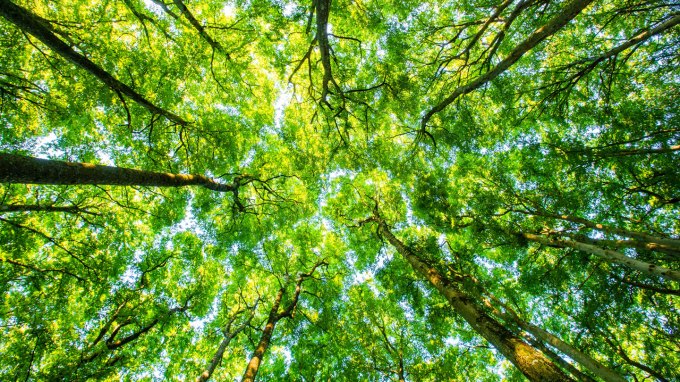
The energy used per year by the world’s plants to lift sap rivals the amount of energy generated by all hydroelectric dams, a new study suggests.
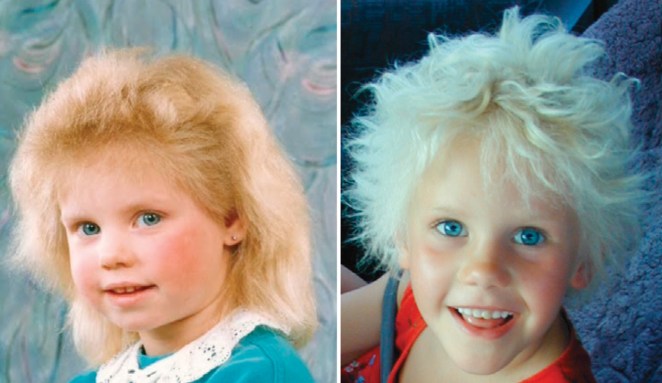
Scientists linked variants of one hair shaft gene to most of the uncombable hair syndrome cases they tested.
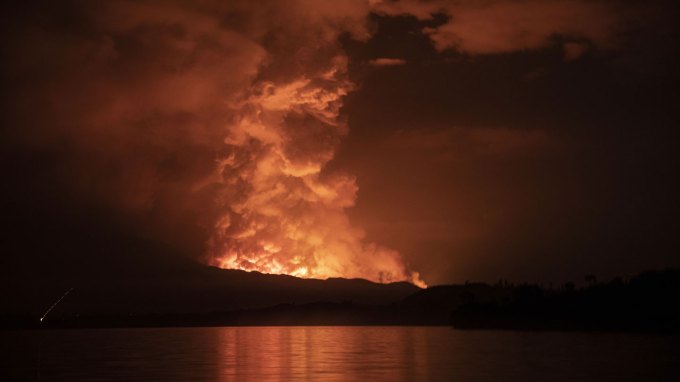
Before the Nyiragongo eruption, underground magma was already close to the surface and so didn’t trigger instruments that look for lava movement.
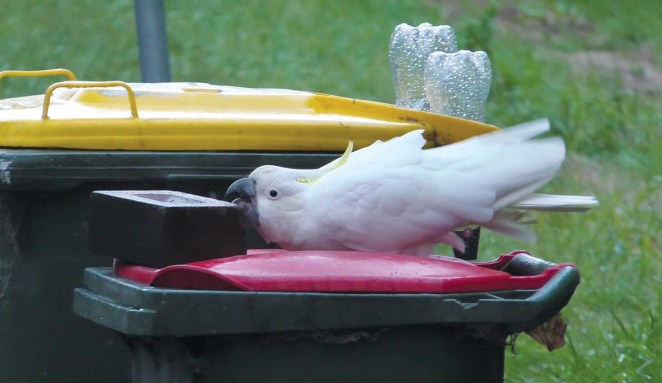
In Sydney, humans may be in an escalating arms race with cockatoos. People are trying new tools to keep the pesky parrots out of their trash.
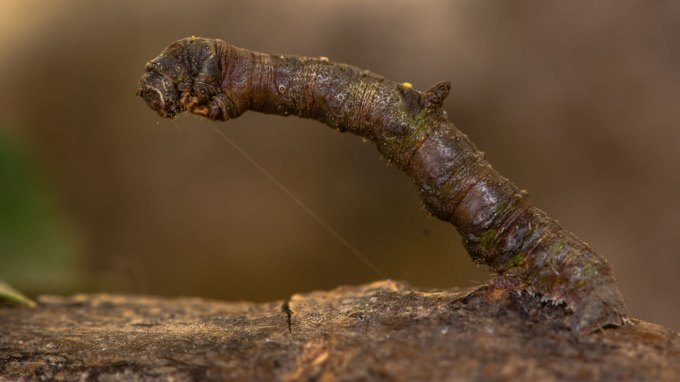
When prey masquerade as innocuous objects in the environment, they slow detection from predators by nearly 300 percent.
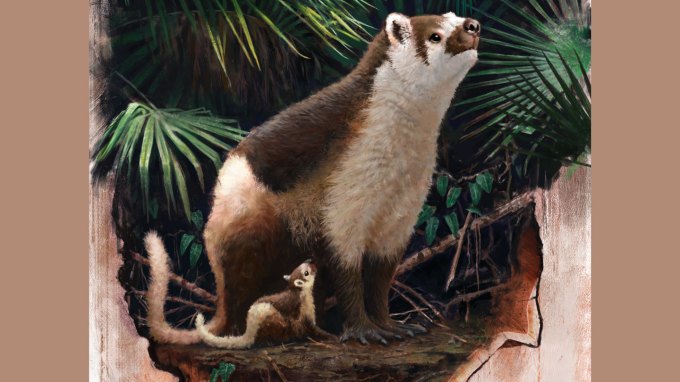
Staying in the womb for a while but being born ready to rock may have helped post-dinosaur mammals take over the planet.
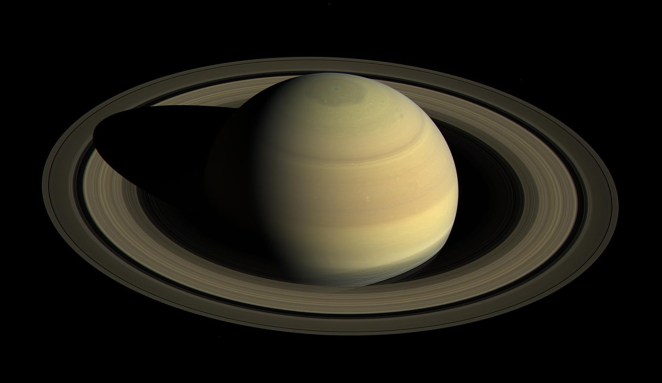
The hypothetical moon, dubbed Chrysalis, could have helped tip the planet over before getting shredded to form the rings, researchers suggest.
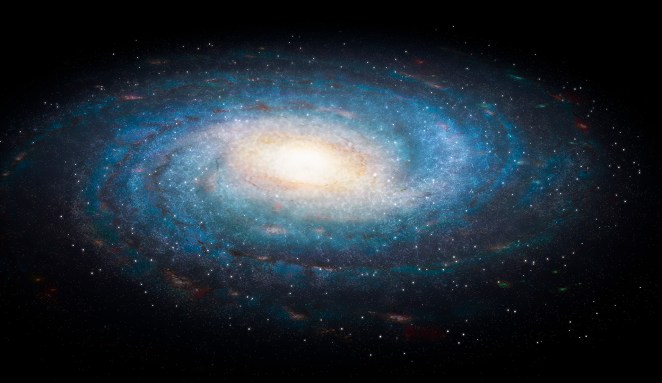
Barrages of comets stirred up by the early solar system’s journey around the center of the galaxy could explain the timing of ancient rock formation.
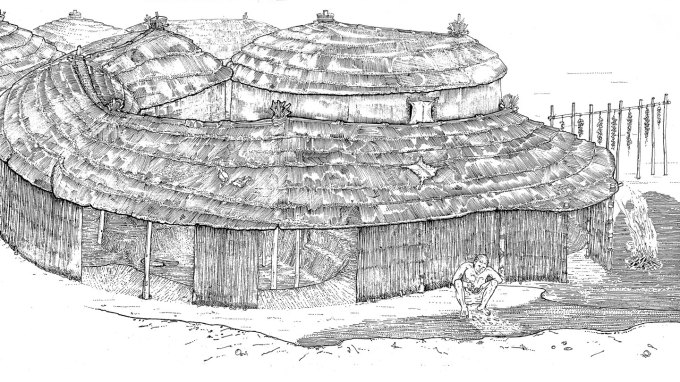
Remnants from an ancient fire pit in Syria suggest that hunter-gatherers were burning dung as fuel by the end of the Old Stone Age.
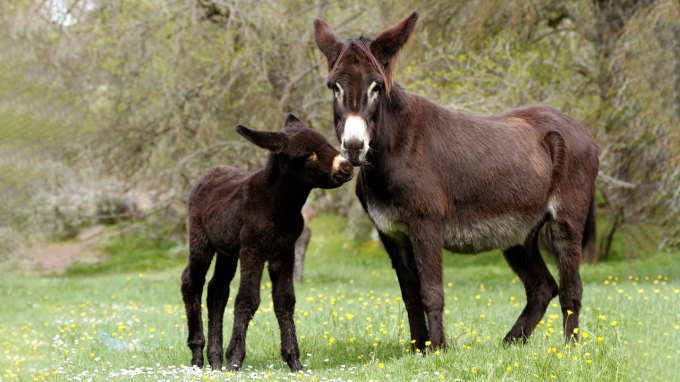
When and where donkeys were domesticated has been a long-standing mystery. DNA now reveals they were tamed much earlier than horses.
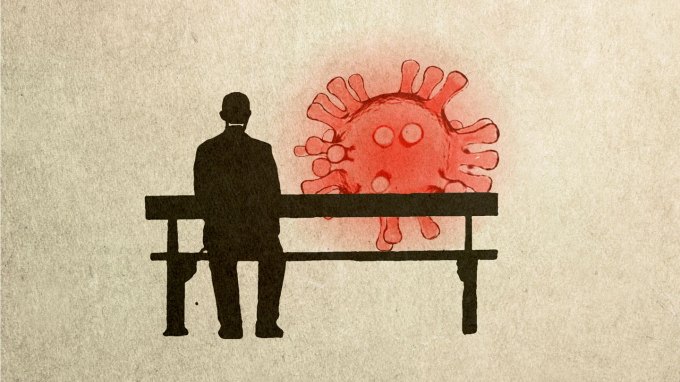
Long COVID can look different for different people, making it difficult to pinpoint the risk factors behind it.
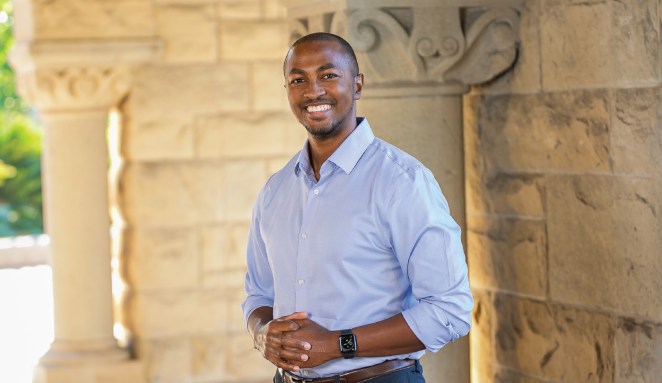
Christopher Barnes wants to stop the viruses that cause COVID-19, the common cold and more.
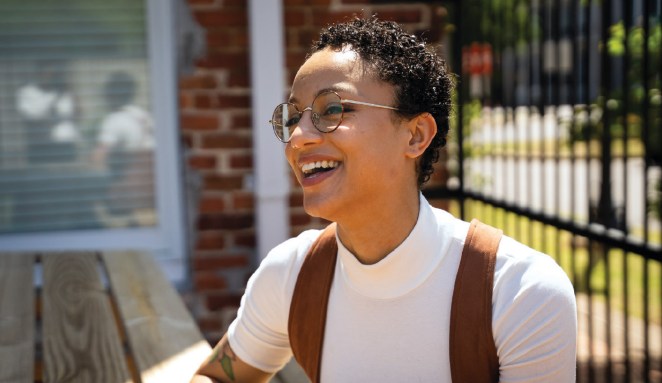
Tina Lasisi is pioneering studies of human variation in an ethical and scientifically sound way.
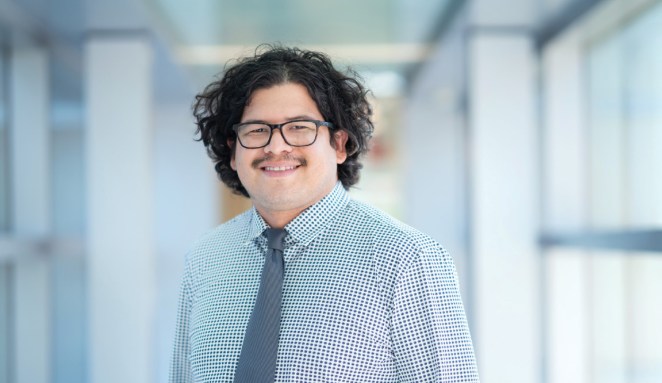
Carlos Argüelles overcame hardship and discrimination to pursue a passion for physics.
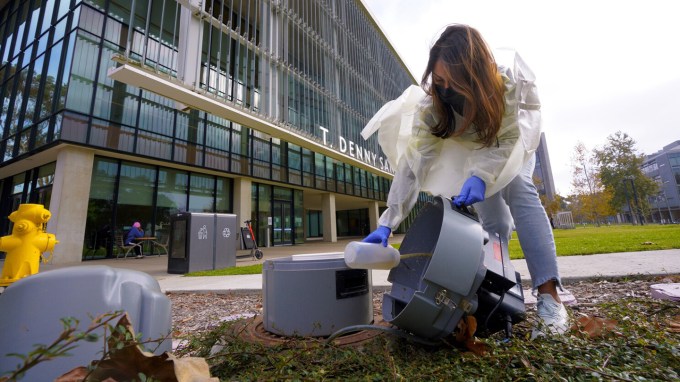
Smruthi Karthikeyan’s system for tracking the coronavirus gives lifesaving public health measures a head start.
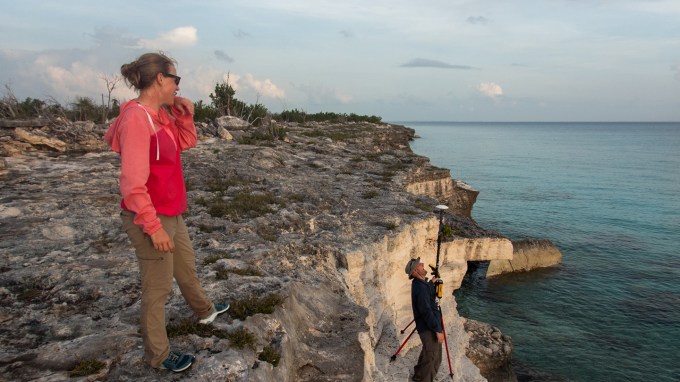
Jacky Austermann’s work could help inform practical climate change solutions for at-risk coastal cities.
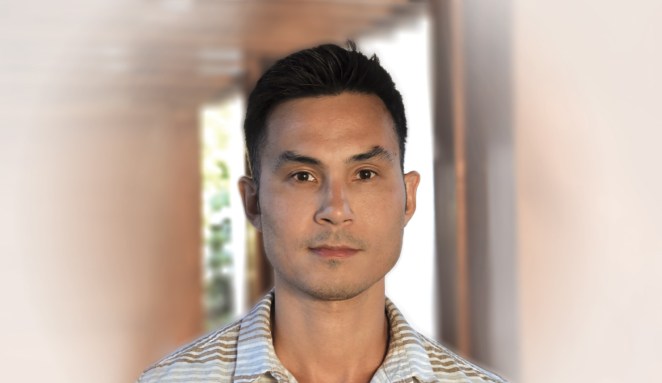
Marcos Simões-Costa combines classic studies of developing embryos with the latest genomic techniques.
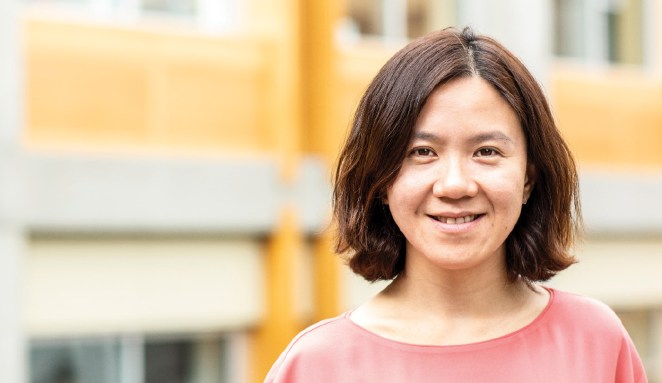
Cryptographer Huijia Lin showed that the long-sought “indistinguishability obfuscation” is secure from data attacks.
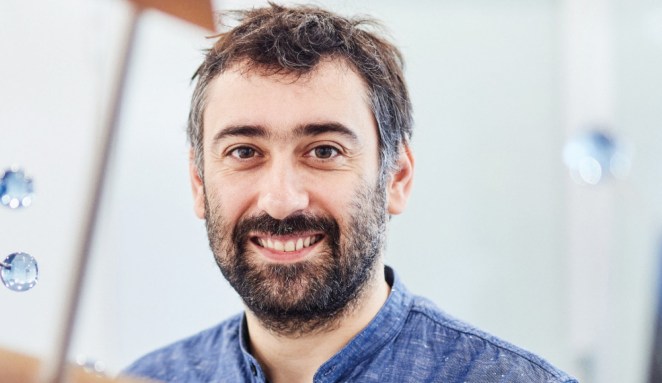
Josep Cornella reinvents chemical reactions essential for agriculture and the pharmaceutical industry.
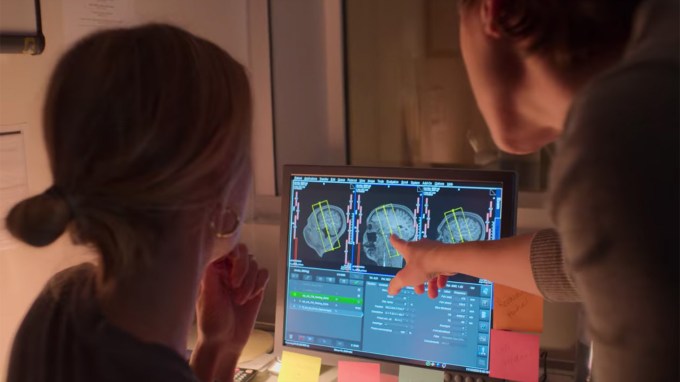
Emily Jacobs studies how the brain changes throughout women’s reproductive years, plus what it all means for health.
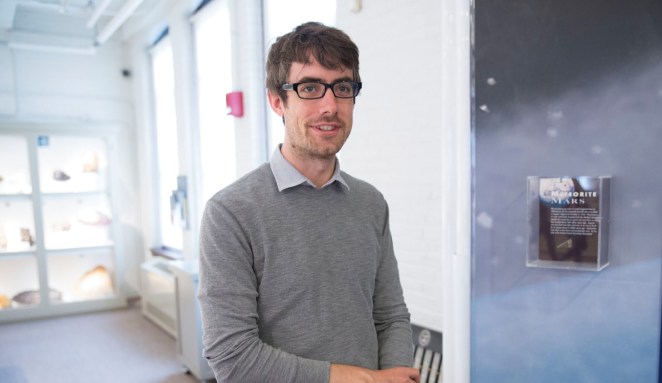
Robin Wordsworth studies the climates of Mars and other alien worlds to find out whether they could support life.
Subscribers, enter your e-mail address to access the digital replica edition.